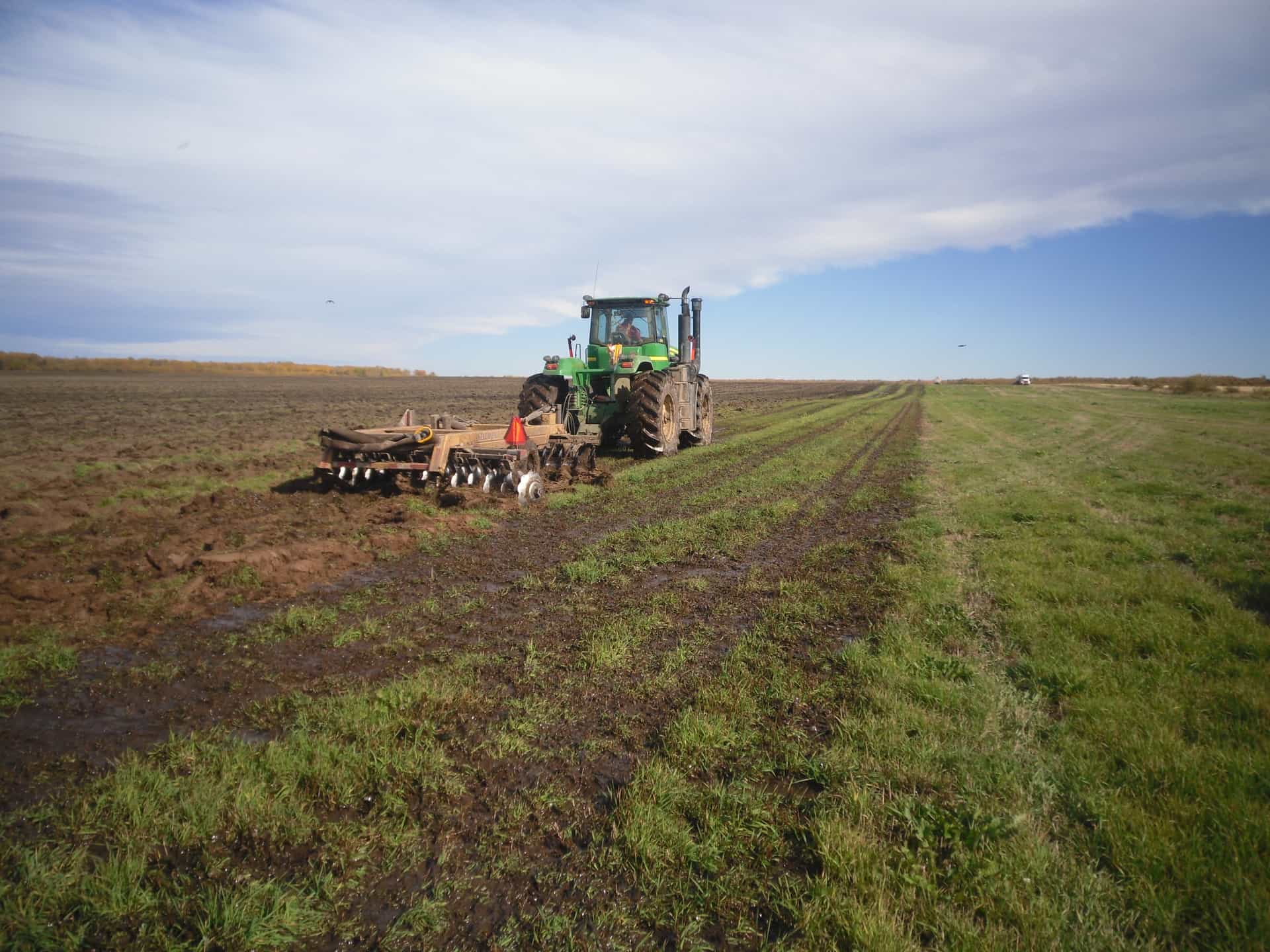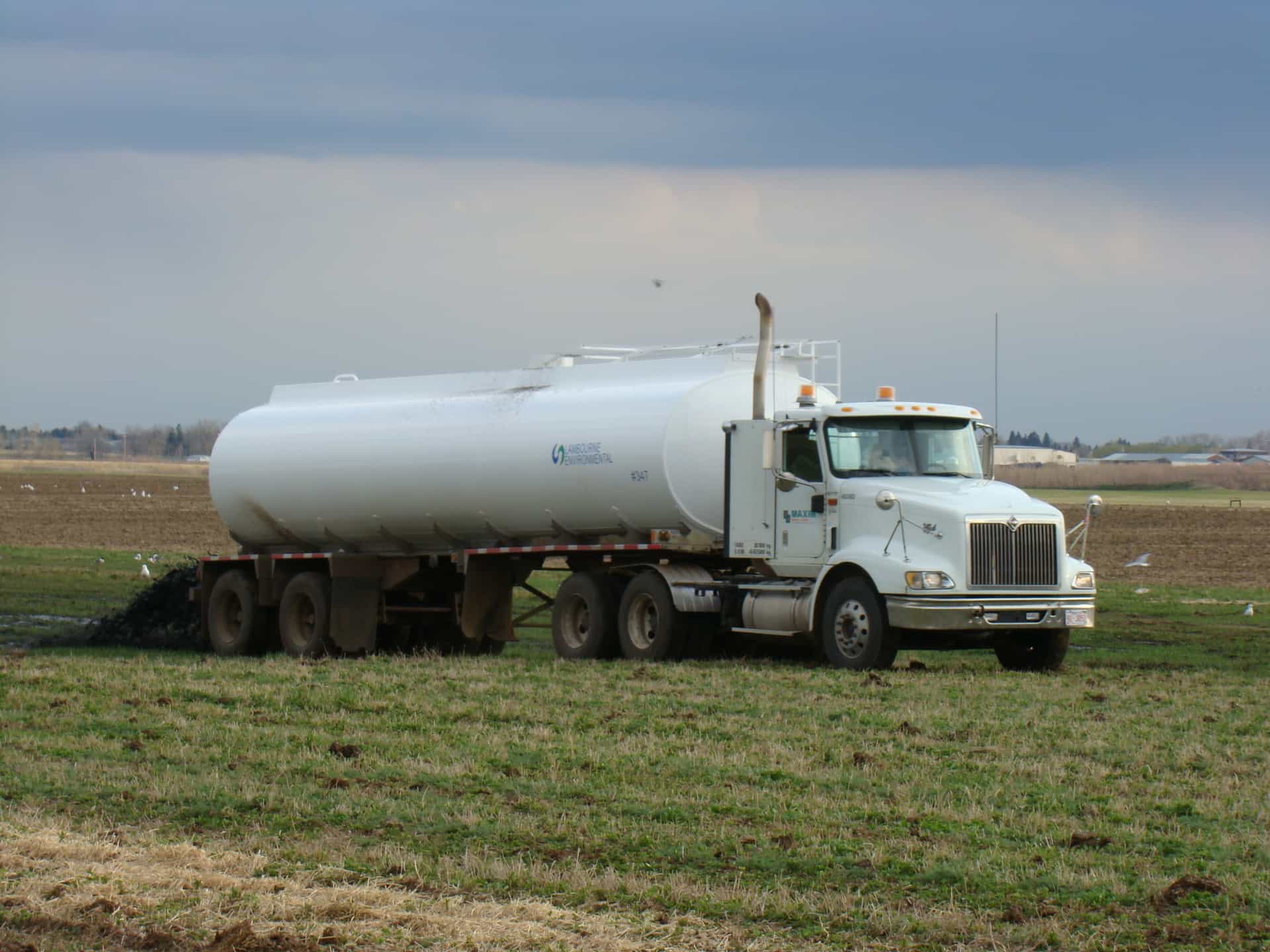Frequently Asked Questions
What are biosolids?
Biosolids are a nutrient rich organic material that results from the treatment of domestic wastewater and sewage sludge. They are rich in nitrogen, phosphorous, micro-nutrients, and organic materials beneficial to the soil. In accordance with provincial regulations, Lambourne Environmental does not land apply raw sewage.
Why land apply biosolids?
As lagoons fill up with sludge, it is necessary to remove the biosolids in order to make room for more. Land applying is a cost-effective method of biosolids removal for municipalities that also provides benefits to farmers and land owners at no cost to them.
Who oversees the land application of biosolids?
In Alberta, Alberta Environment and Parks (AEP) is responsible for the oversight of land application of biosolids. The Guidelines for the Application of Wastewater Sludges to Agricultural Lands was developed by AEP to provide standards and guidelines for biosolids disposal. Other provinces have their own regulatory bodies, and Lambourne Environmental ensures that all legal requirements for the project are met wherever we operate.
What is tested for before land applying biosolids?
Both the land and biosolids are tested before land application occurs. As per AEP requirements, the biosolids are tested for solid content, total nitrogen, ammonium nitrogen, total phosphorus, and total metals (including Cd, Cr, Cu, HG, Ni, Pb, and Zn). The soil is tested for pH levels, particle size distribution (ex. sand, clay, etc.), plant available nitrogen, and plant available phosphorus.
If you have any questions that were not answered here or would like further clarification, please contact us.

